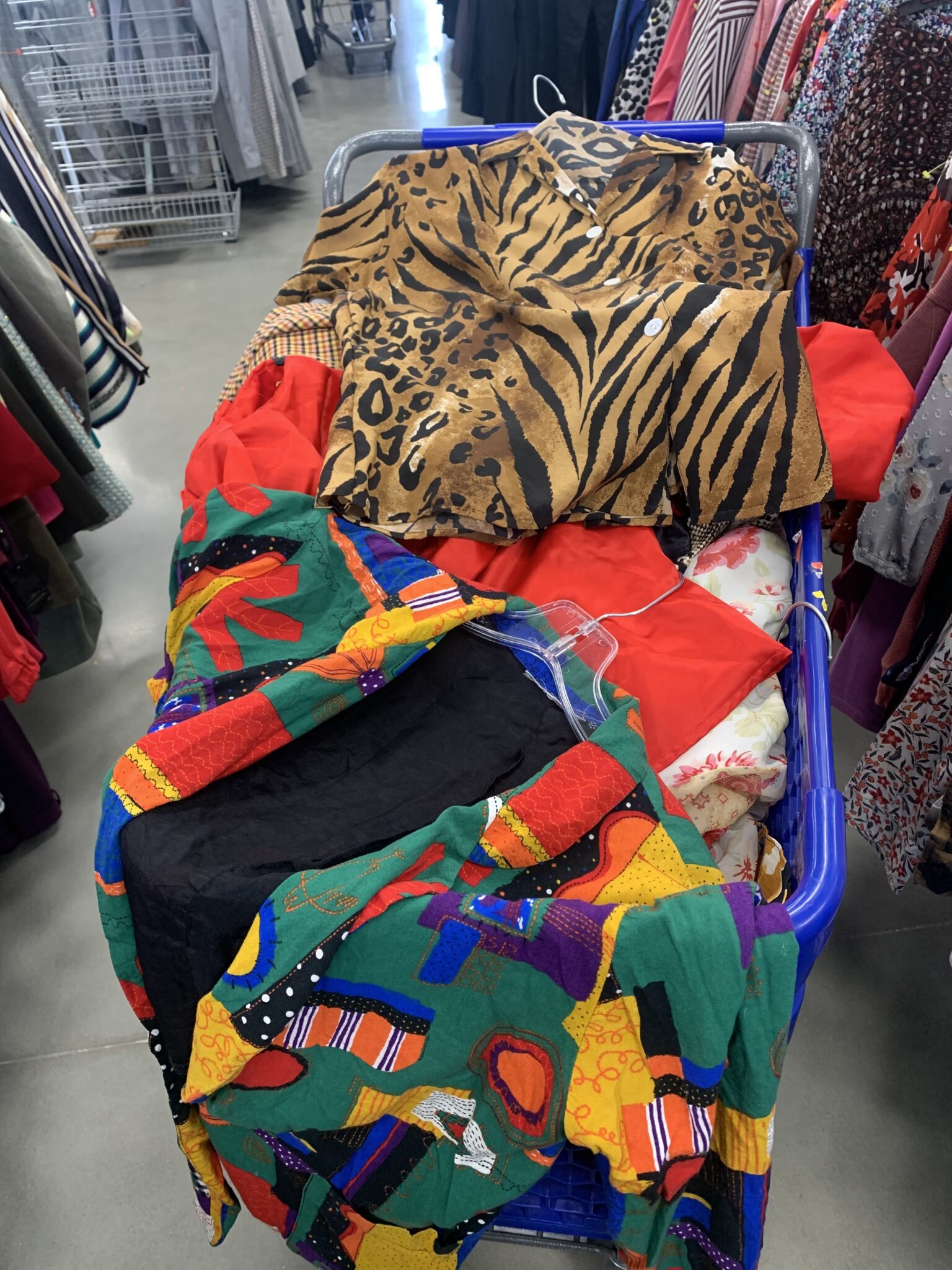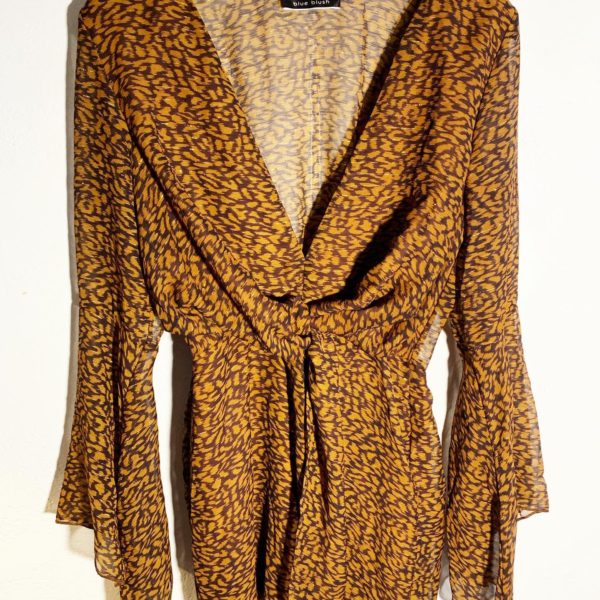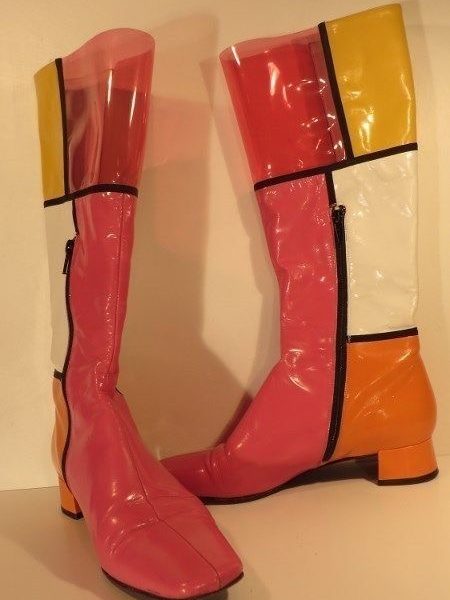It was a beautiful and sunny day in the city of Boston; and my Mother and I decided to check out our local Savers. My mother isn’t a avid thrift like myself; but she loves to shop and enjoys a great ole’ bargain. As we were in Savers, I couldn’t help but observe the inflated prices.
Having a career in the resale fashion industry, I already knew the prices were increasing, and I never really had an issue with it because I knew why; but on this particular day I found myself giving a lot of these prices the side eye.
I left Savers with a bunch of goodies and gems in my hand; and afterwards my Mother and I decided to check out TJ Maxx. I thought it would be great idea to compare prices between the two department stores; since discount stores are strong competitors for the resale fashion realm.
I was surprised to witness that a lot of the prices at Savers and TJ maxx were the same. I even observed some lower prices at TJ Maxx; which certainly got me thinking.
Why are the prices at some thrift stores increasing?
To be clear, every thrift store whether online or offline doesn’t have the intention of selling secondhand at budget-friendly rate. Pricing can also depend on the demographic of the store, the type of resale store that it is, the location of the store if it’s offline, the inventory; and the owner’s overall vision for their brand.
The objection of this article is to discuss and break down why thrift stores that were designed to have budget-friendly price points; and have now increased them.
Here are the top 5 reasons why Thrift Stores are increasing their prices
1. After The Pandemic Stores Saw An Increase In Thrift Shoppers
A lot of thrift stores saw an increase in new thrift shoppers after the pandemic. Seeing an increase in seasoned and rookie thrift shoppers; has resulted in inflated thrift store prices.
In addition, a lot of offline thrift stores are still trying to catch up financial wise, after being closed for months in 2022. Even after stores started opening up, people were still hesitant to go out and shop. Currently a lot of stores are seeing much larger crowds, and they are capitalizing on their increased customer base.
In addition, rent for many of these stores have increased as well; which also results in higher prices. The location and the demographic of the store also plays a factor in price inflation. For example, the Savers I went to is in a well-off part of the city of Boston. The demographic of this particular store are retired or well-off professionals; who have adapted to the inflated prices.
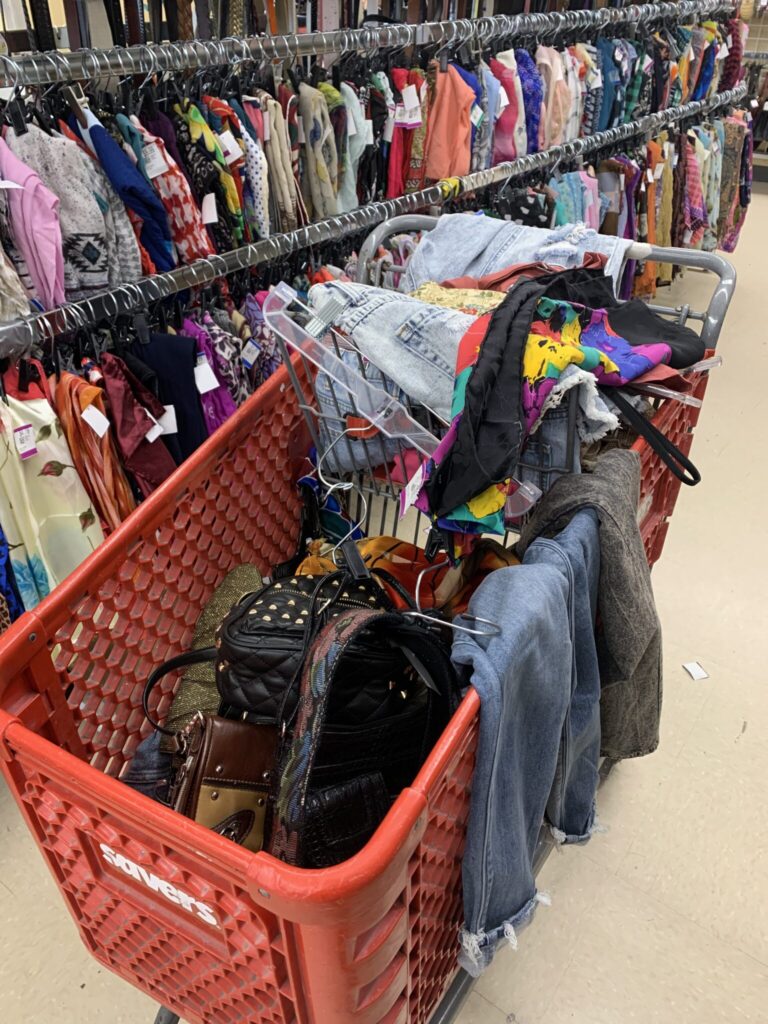
2. Resale Fashion Is Expected To Be A Leading Realm In The Fashion Industry
Resale Fashion is expected to be more than double the size of fast fashion by 2030. With this new found leadership, new innovations, new customers, and the industry being high in demand, has caused thrift store prices to increase. Now, every thrift store hasn’t inflated their prices, and all won’t jump on the bandwagon due to the exponential growth in the industry; but some stores will capitalize on this growing exposure.
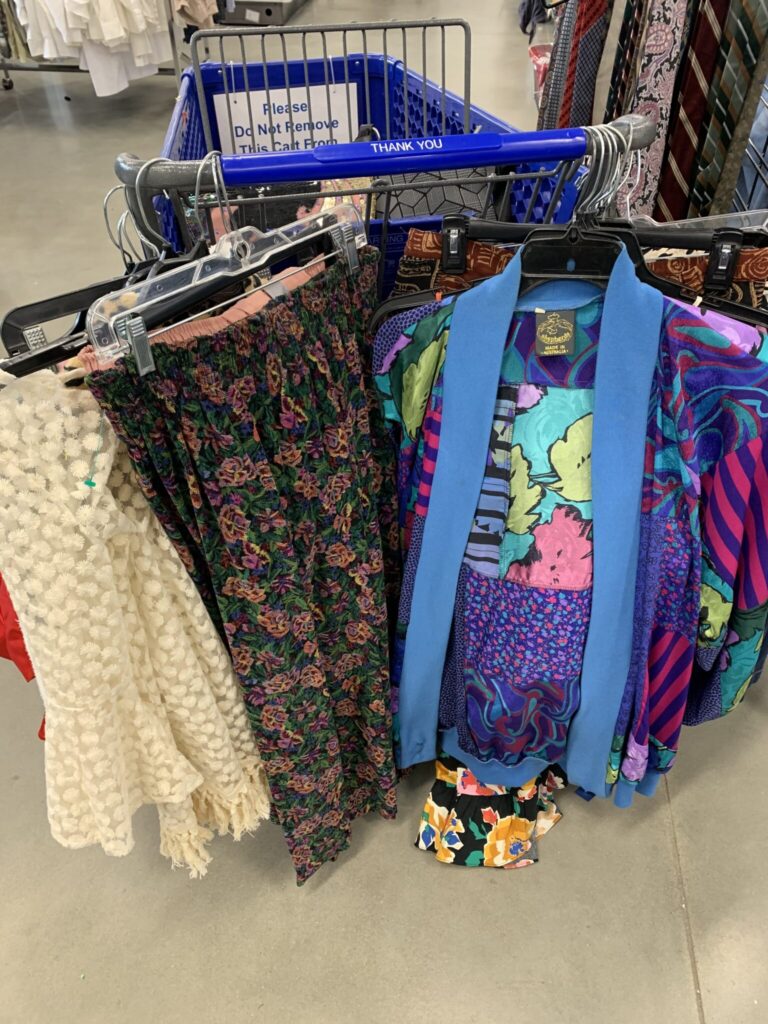
3. Competing with Online Thrift Apps & Platforms
Instead of blaming the Depop resellers, or the Poshmark resellers; if you want to blame someone; blame the people who constructed the apps. They simply provided a platform to allow people to resell to eachother; and some offline thrift stores want to compete with their annual revenue projections.
Some people fail to realize that thrifting is still a business, and in America to be specific; this is still a capitalist society. Yes thrifting is a great way for low-income families to shop; but if Depop, Mercari, Thred Up or Poshmark are making a lot of money online; some offline thrift stores want a piece of the money pie.
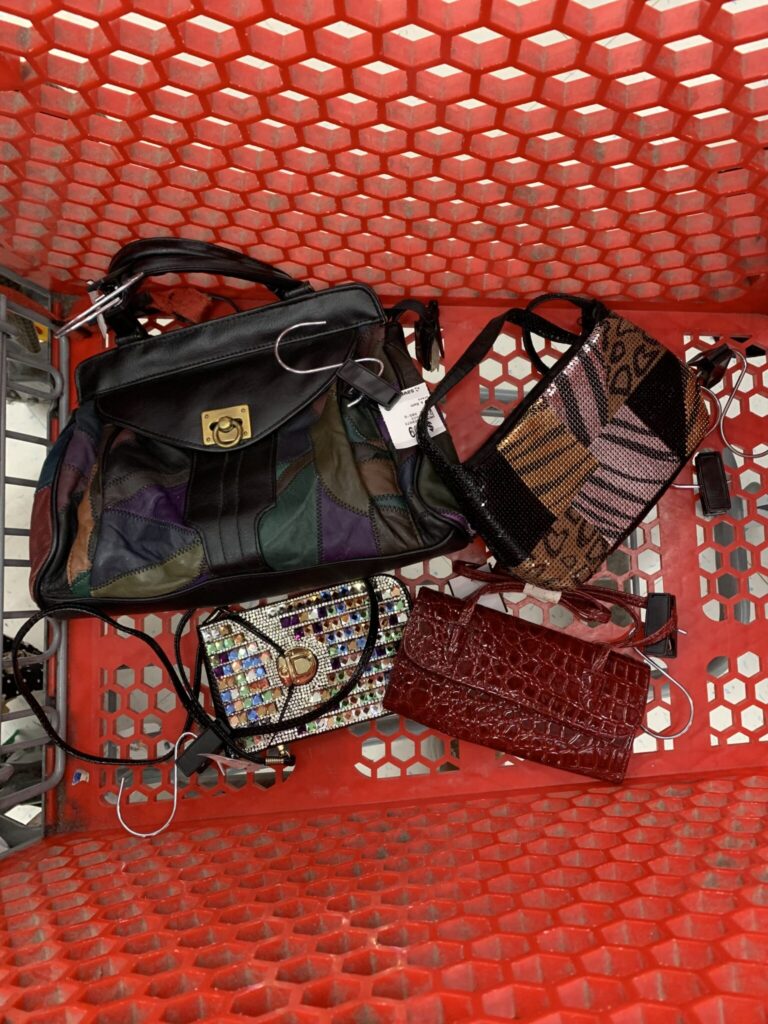
4. Financial Support For Community Programs & Jobs
Non-profit thrift organizations such as Goodwill, have community programs and provide jobs to people in need. With the demand for thrifting increasing, the inflated prices help fund these community organizations and jobs. A lot of people tend to blame resellers for the rise in thrift store prices; but resellers who shop at non-profit thrift stores are supporting these community initiatives.
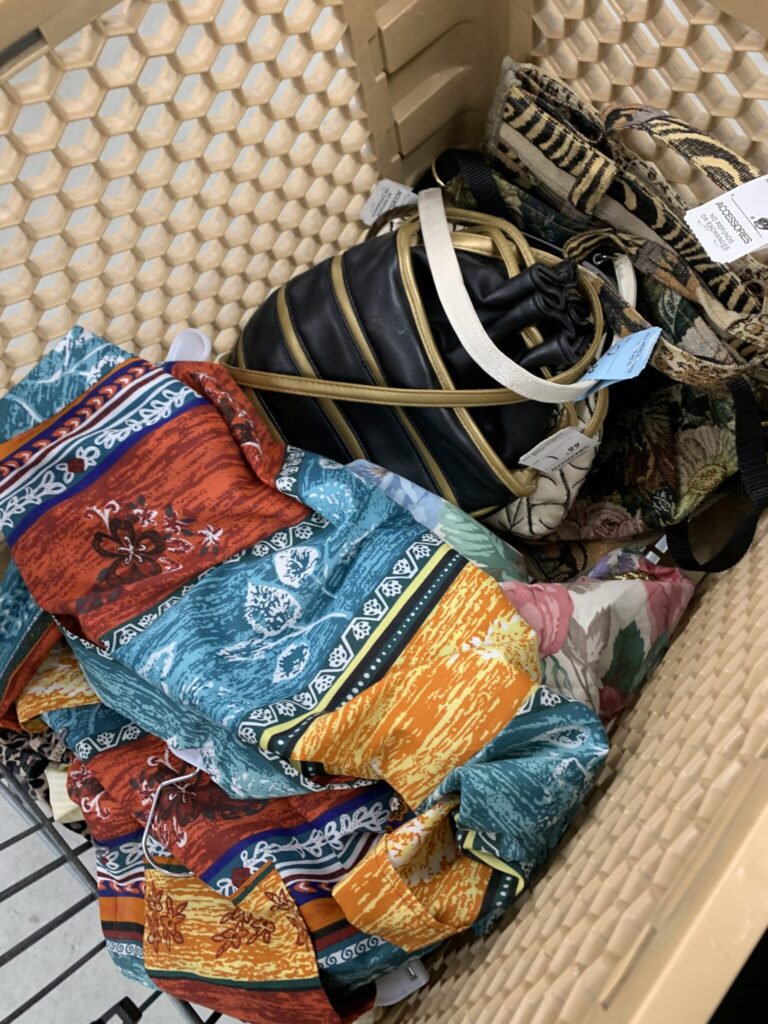
5. Clothing Sits on Thrift Racks, and Ends Up In Landfills
Thrifting has become quite popular, and some people view it as a trend; but even with this amass popularity; there are a lot of clothes that still sit on racks; and still end up in landfills. If clothes are sitting on racks, and ending up in landfills; that means stores aren’t making money from those items.
Clothes sitting on racks doesn’t have to do with resellers going into thrift stores, and ”taking all of the good items“ Good items are subjective. What might be good to you; may not be good to someone else.
Clothes are sitting on racks longer and ending up in landfills due to an increase in trend cycles; and the mass consumption of clothing because people aren’t rewearing their clothes. According to an excerpt on CBS Mornings, Americans are buying 5 times more clothes than they did in 1980; and Americans are only wearing clothes on an average of 7 times before they discard them.
There has certainly been an increase in thrift shoppers nowadays; but it still doesn’t change the fact that there are a lot of clothes that aren’t getting purchased; and ending up in landfills.
There are a lot of factors that contribute to price inflation; which is important to conceptualize because often times people point the finger at one group, one platform, or one store. The thing is, like many things in life thrifting is abundant. You will still find items that you absolutely love; and you will still find stores that sell items at a budget-friendly price point.
- New Gems19 products
- Vintage Bags43 products


